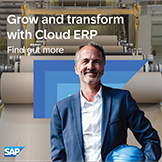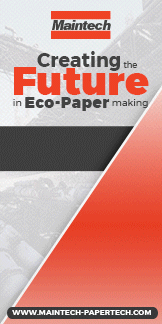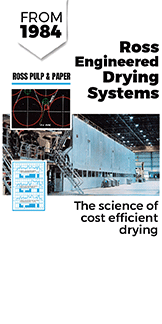What does it take to persuade consumers to choose your product over similar products on store shelves? One key factor is understanding consumers' non-negotiable packaging priorities, such as hygiene, convenience, and sustainability.
When introducing new reusable packaging or recyclable fiber-based solutions, conveying the right message about the package is vital to overcoming these obstacles getting your product chosen.
Consumers are open to reuse systems. We recently conducted a survey of European consumers and found that 77% hold a positive view of reusable packaging; however, only 30% have a clear understanding of what reusable packaging means. This highlights the first challenge for brand owners: how to efficiently explain to consumers how the reuse system works while also addressing their priorities.
Safety is paramount
Consumers rightly prioritize their health, questioning the hygiene and safety of reusable containers, particularly in the cases of food. Our survey showed that 78% of consumers raise this issue, making it one of the most common obstacles to adoption.
Consumer concerns can stem from a lack of information or confusion about different types of reuse systems. To overcome this, brand owners and retailers can communicate transparently about the materials used, cleaning procedures, and efforts to discard unfit packages. Education will play a pivotal part in dispelling these apprehensions, but with a complex message to convey, this is easier said than done and not all consumers can be swayed.
Convenience: Not a want but a need
In the fast-paced world we live in, consumers value convenience, with many considering it a necessity rather than a luxury. For example, almost 25% of consumers we surveyed agree that it would take too much effort to return packaging to the point of purchase. This perceived burden can leave packagers and retailers questioning whether consumers will fully embrace reusable packaging and if adopting these schemes even makes financial sense.
There are solutions that have been trialed in the market that ease the consumer burden, like home collection of takeaway containers or discount incentives for consumers who bring their own containers for filling. The convenience barrier is therefore clearly surmountable, and it provides an exciting opportunity for brand owners to educate their customers on adopting a new packaging format.
While there are circumstances that naturally lend themselves to reusable packaging, there are many where it's not the most practical or desirable, and finding that balance will be crucial for brands navigating this changing landscape.
End-of-life: even reusable doesn't last forever
Like any decision with packaging, brand owners must consider the environmental impact of the packaging throughout its life cycle. Sustainability performance depends on the circumstances, hence it is important to be open to both reusable and recyclable formats, like fiber-based materials, where each makes the most sense.
With reusable packaging, it cannot be reused indefinitely, and in cases of food where hygiene standards are understandably high, plastic materials must be regularly inspected and replaced when scratched, and recycled when disposed. Even ceramic dishes don't last forever, and are both easily broken and not easily recyclable.
This is where testing and science-based evaluation, like verifiable Life Cycle Assessments (LCA), play a crucial role in understanding the full impact of packaging, from sourcing raw materials through disposal and recycling. Brand owners are facing high demands from their customers, but shouldn't feel pressure to over-promise and under-deliver on sustainability claims for their packaging choices and their end-of-life disposal systems.
It's what you say and how you say it
It's clear that communication plays a key role in overcoming some of the barriers to reusable packaging roll-out, adoption, and sustainability performance. And with confusion still rife amongst consumers, the brand owners who can deliver concise and authentic messaging around the safety, sustainability, and convenience of all of their solutions, reusable or otherwise, will achieve this with the best outcome economically, environmentally, and conveniently for consumers. No matter which package consumers and brand owners ultimately choose, it's important to ensure that sustainability is not only a driver, but that actual and concrete benefits are gained.
Not only this, but an element of collaboration across the entire retail ecosystem, from supermarkets, brand owners and packaging designers will help to push-out this communication and expedite the take-up and integration of the most suitable solutions for a more circular future.


















